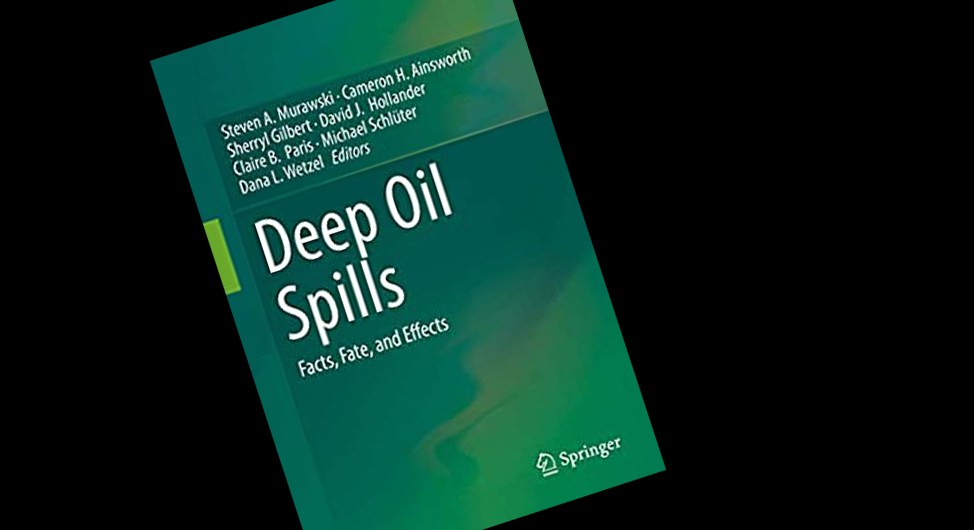
Modeling of large-scale oil transport and fate resulting from deep-sea oil spills is highly complex due to a number of bio-chemo-geophysical interactions, which are often empirically based. Predicting mass-conserved total petroleum hydrocarbon concentrations is thus still a challenge for most oil spill models. In addition, dynamic quantification and visualization of spilled oil concentrations are necessary both for first response and basin-wide impact studies.
This chapter presents a new implementation of the Connectivity Modeling System (CMS) oil application that tracks individual multi-fraction oil droplets and estimates oil concentrations and oil mass in a 3D space grid. We used the Deepwater Horizon (DWH) blowout as a case study and performed a sensitivity analysis of several modeling key factors, such as biodegradation, sedimentation, and alternative initial conditions, including droplet size distribution (DSD) corresponding to an untreated and treated live oil from subsurface dispersant injection (SSDI) predicted experimentally under high pressure and by the VDROP-J jet-droplet formation model.
This quantitative analysis enabled the reconstruction of a time evolving three-dimensional (3D) oil plume in the ocean interior, the rising and spreading of oil on the ocean surface, and the effect of SSDI in shifting the oil to deeper waters while conserving the mass balance. Our modeling framework and analyses are thus important technical advances for understanding and mitigating deep-sea blowouts.
Read more . . .
Perlin N. et al. (2020) Far-Field Modeling of a Deep-Sea Blowout: Sensitivity Studies of Initial Conditions, Biodegradation, Sedimentation, and Subsurface Dispersant Injection on Surface Slicks and Oil Plume Concentrations. In: Murawski S. et al. (eds) Deep Oil Spills. Springer, Cham. https://doi.org/10.1007/978-3-030-11605-7_11









